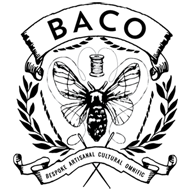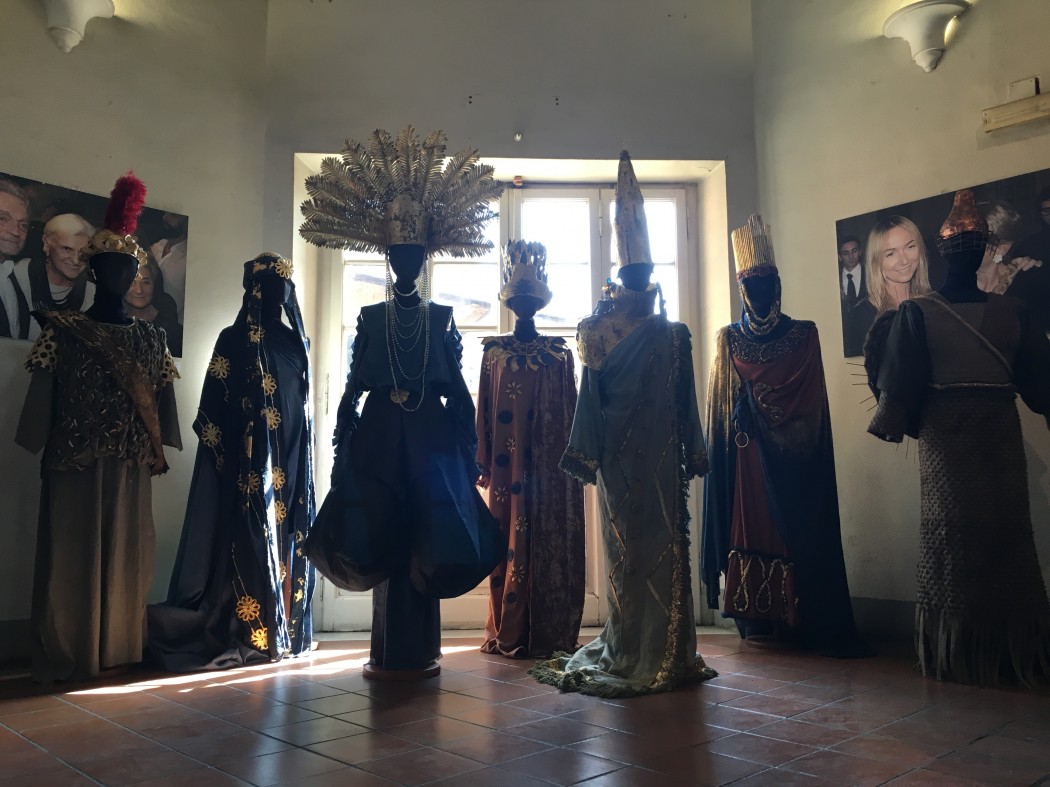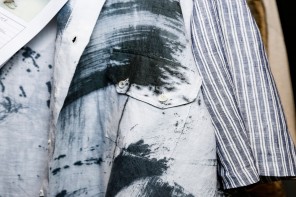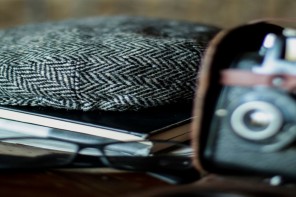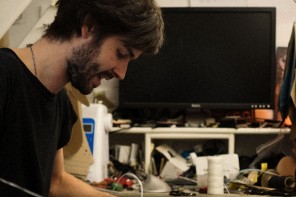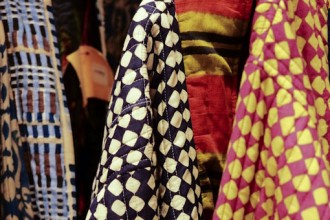Rome, Italy – Ever since the Trevi Fountain was unveiled in all its restored glory earlier this year, the question of how Fendi would celebrate their generous contribution to this legendary Roman landmark was on all lips. Wonder no more, thanks to the imagery of a bevy of models in their fur finery gliding over the aqua waters of the fountain (on a transparent platform) to celebrate nine decades of fun and fantastic fur. So it was under these auspices that AltaRoma, Silvia Venturini Fendi’s other fashionable endeavor, opened its July 2016, held from July 8 to 11. More than ever, the focus was not on the catwalks or even the “Who Is On Next?” competition. It was the unmistakable touch of a human hand that was celebrated in houses great and small.
At the Fendi headquarters, located in the landscape-defining Palazzo Della Civilita Italiana in the leafy suburban area of the Espositione Universale Roma (or EUR for short), The Artisans of Dreams exhibition retraces the Fendi saga from its beginnings as a fur and leather specialty shop in 1925 Rome to its fountain extravaganza at the Fontana di Trevi. Curling around the entrance of their relatively new headquarters, a series of rooms takes visitors on a journey through Fendi, starting with a short film on key moments of its history to a 360° capture of its latest show against the cinematic background of Trevi’s white and aqua blues. Easily distracting are the sensory tunnel and the mirrored room filled with Fur Bugs. But what is truly fascinating is the way in which the house has tapped into their material to create fantasies in color and design. Showcased on the walls and under the hands of a master craftsman toiling away as visitors swirl around him are dozens of examples of what can only be described as fur marquetry, mixing textures and pile, colors and creatures. What started out as one of Karl Lagerfeld’s unmistakable sketches ends up being a lush cape. Despite the imposing and almost human-crushing nature of the building that houses it, the exhibition imparts the idea that all it takes to build an empire is a set of hands.
On the education side, many Roman fashion schools threw their doors open, either by staging runway shows and presentations but also, in the case of the Accademia di Costume e Moda, by inviting other educational institutions from across the country to present some models as part of its open doors presentation.
Beyond fashion, AltaRoma took its guests on a voyage through the neighborhood surrounding Ex Dogana di San Lorenzo, with its TALE(nt) of ROME tour which meandered from the ITIS Galilei technical school to the Villa Gentili Dominici, nestled between the fortifications of the city and its aqueduct. Exceptional locations threw in sharp relief the intricate layering of Roman culture, and the diversity of design that concentrates here, far from the usual fashion track, making it all the richer. Take away idea? That one need just extend a hand to pick up millennia of cultural riches.
In the Ex Dogana location itself, the Artisanal Intelligence project returned with its latest edition titled A.I. Grand Tour. A reading of the importance of Italy and in particular Rome in the construction of artistic identities, the exhibition juxtaposed old and new in a creative kaleidoscope that brought out the timeless nature of Rome’s inspirational powers. At the root of the exhibition were the artisans who produce micro-mosaics, Faraoni 137 amongst them, the ancestors to today’s pixels and the first visual snapshots to be crafted for distribution on tiny wearable souvenirs such as cuff-links. Clara Tosi Pamphili and Alessio de’Navasques selected a range of designers who have given traditional crafts a contemporary retelling. Are the sights of Rome are enough to inspire flights of fancy even in the most profane or hard-hearted? No doubt. One crowd pleaser was definitely Theordora Bak, where Maria Federica Bachiddu redevelops the cape as a multipurpose item which can fit into any wardrobe, as inspired by the early 20th century travelers. Meanwhile sharp dressers will desire Masakatsu Tsumura’s Period Features and admirers of steampunk could well find their next acquisitions in the “eyewear” line designed by jack-of-all-designs Stefano Russo.
When Who Is On Next? came to the center stage to present its class of 2016, that artisanal intelligence focus was made that much clearer by the winner of the accessories prize, Filipo Pugnetti of Pugnetti Parma, who had been featured at A.I. this past January. His “Lift” bag, inspired by the eponymous vehicle’s technician bag, wowed the jury in its original size and in a miniature incarnation (to be worn either as a beltbag or as a chained clutch), as did the “Micro Nut” backpack with its subtle hexagonal shape. “I use the pencil as an eraser,” quipped the designer over a perfect Italian cappuccino. “It’s used to cross out details that are superfluous.” If one were to venture a guess on the reasons why his designs shone out, it could be for their timeless, pure design hinging on artisanal know-how. One detail that is not immediately evident upon seeing the lush hand of the leathers that he showed is the economy of surface that is at play in his designs. Out of a single cowhide, he is able to carve out four full-sized Lifts. In an age where the number games are everything in the quest for growth, this natural skill – he doesn’t design aided with a computer, preferring to model his bags in real life and adapting their design with an X-acto knife – could well become a hot commodity.
Likewise, womenswear designers Nicola Brognano of Brognano and Narguess Hatami of Miahatami, respectively winner and runner-up of the competition, learned their craft under the tutelage of major designers. Brognano, who honed his craft at Giambatista Valli and later Dolce & Gabbana’s alta moda, offered a vision of highly worked feminine streetwear. Teheran-born Hatami came to Italy to study fashion theory but her prolonged stay in the European fashion industry’s gain: her wares are lovely fusions of Iranian tradition and rich eclecticism. Winner of the 2015 Who Is On Next? Dubai, Hussein Bazaza showed a collection that highlighted not only his talent but most particularly what makes a multi-award winning brand. His designs couldn’t be further away from the sportswear trend that is sweeping the Big Four runways. Man-hour intensive endeavors, each riffed on the idea of couture as an artisanal power that serves the desire of a customer looking to be highlighted during events. On all catwalks, the question wasn’t so much the styles offered, but rather their tactile approach to feminine silhouette.
If the old saying that all roads lead to Rome holds true, then the idea that handcraft in all its forms will contribute to pulling the fashion industry out of its current funk is a road that is more and more traveled these days.
